91928
2′,4′,6′-Trihydroxyacetophenone monohydrate
matrix substance for MALDI-MS, ≥99.5%
Synonym(s):
2-Acetylphloroglucinol, THAP
About This Item
Recommended Products
grade
matrix substance for MALDI-MS
Quality Level
Assay
≥99.5% (HPLC)
≥99.5%
form
solid
analyte chemical class(es)
glycans, oligonucleotides, peptides, proteins
technique(s)
MALDI-MS: suitable
color
light yellow
mp
218-222 °C
219-221 °C (lit.)
cation traces
Ca: ≤200 mg/kg
Cd: ≤5 mg/kg
Co: ≤5 mg/kg
Cr: ≤5 mg/kg
Cu: ≤5 mg/kg
Fe: ≤5 mg/kg
K: ≤50 mg/kg
Mg: ≤5 mg/kg
Mn: ≤5 mg/kg
Na: ≤50 mg/kg
Ni: ≤5 mg/kg
Pb: ≤5 mg/kg
Zn: ≤5 mg/kg
suitability
in accordance for UV test
SMILES string
O.CC(=O)c1c(O)cc(O)cc1O
InChI
1S/C8H8O4.H2O/c1-4(9)8-6(11)2-5(10)3-7(8)12;/h2-3,10-12H,1H3;1H2
InChI key
GDSIBPPJKSBCMF-UHFFFAOYSA-N
Looking for similar products? Visit Product Comparison Guide
Related Categories
General description
Application
Signal Word
Warning
Hazard Statements
Precautionary Statements
Hazard Classifications
Eye Irrit. 2 - Skin Irrit. 2 - STOT SE 3
Target Organs
Respiratory system
Storage Class Code
11 - Combustible Solids
WGK
WGK 3
Flash Point(F)
Not applicable
Flash Point(C)
Not applicable
Personal Protective Equipment
Choose from one of the most recent versions:
Already Own This Product?
Find documentation for the products that you have recently purchased in the Document Library.
Customers Also Viewed
Articles
Mass Spectrometry of Glycans, method comparison and products
Protocols
Mass Spectrometry of Glycans
Our team of scientists has experience in all areas of research including Life Science, Material Science, Chemical Synthesis, Chromatography, Analytical and many others.
Contact Technical Service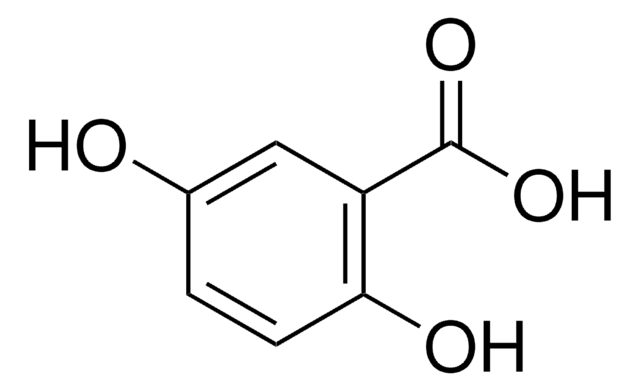
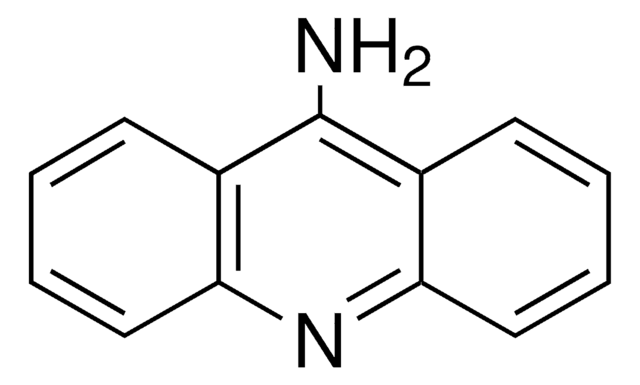

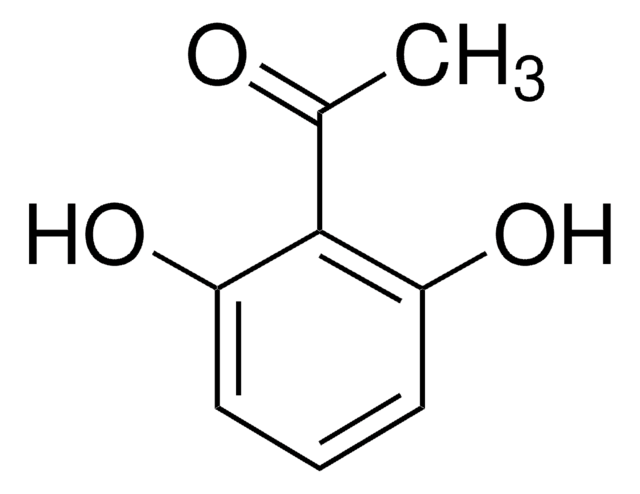


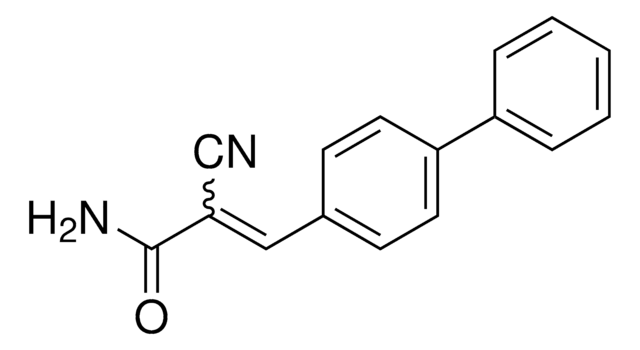
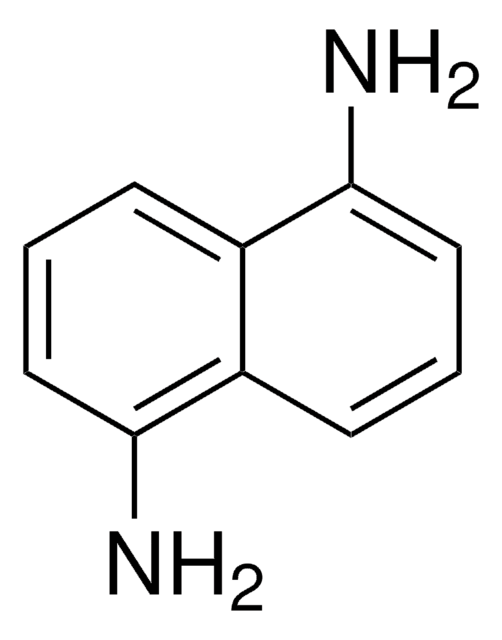
![trans-2-[3-(4-tert-Butylphenyl)-2-methyl-2-propenylidene]malononitrile matrix substance for MALDI-MS, ≥99.0% (HPLC)](/deepweb/assets/sigmaaldrich/product/structures/249/587/f8021369-f65a-413d-887d-3c8a4d2a248f/640/f8021369-f65a-413d-887d-3c8a4d2a248f.png)


